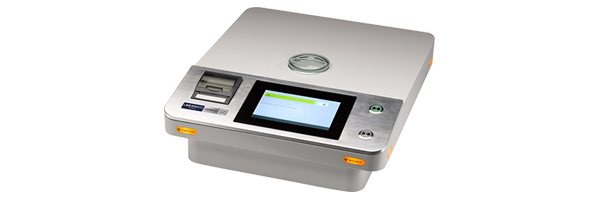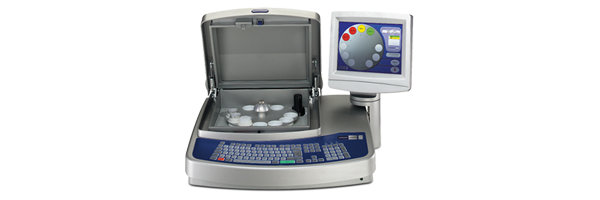Getting the silicone coating thickness and quality exactly right on papers, films and release liners is essential. If the layer is too thin, the liner may not release adequately, which makes the product unusable, too thick and production costs will be too high. If the adhesive paper or film is for PCB use, any residual silicone on the adhesive layer could have an adverse effect on performance, meaning the quality of the silicone layer must be carefully controlled.
The established method of controlling the thickness of the silicone layer is by X-ray fluorescence (XRF). This method is extremely accurate and fast enough to take regular measurements for meticulous process control. The technique is also versatile and XRF can be used to control the level of platinum catalyst in the silicone fluid.
Benchtop XRF can support a wide range of silicone coating weight quality control applications, including, but not limited to:

The powerful LAB-X5000 is ideal for silicone coat weight measurements. Its rugged and compact design ensures it slots easily into a busy production environment. The included sample spinner makes it easy to analyze several points over the sample disc to test for homogeneity of the coated layer. The LAB-X comes pre-optimized for silicone thickness measurements, with the capability to correct for interferences from clay-coated or clay-filled papers.

The X-Supreme8000 is the analyzer to choose if you have a lot of samples to analyze in a production setting. The analyzer includes a ten-position autosampler and up to ten samples can be loaded into the instrument for automatic analysis. The X-Supreme gives reliable and accurate results for silicone coat weight thicknesses on all types of substrates and has the capability to measure the amount of platinum catalyst present in the silicone fluid for easy process control.
Watch how the LAB-X5000 and X-Supreme8000 benchtop XRF analyzers can be used for process quality control in production.
Find out more about how our XRF analyzers can be used in silicone coating applications for process quality control.
For more information on the best instrument for your release liner application, get in touch to speak with one of our experts.
Contact Us